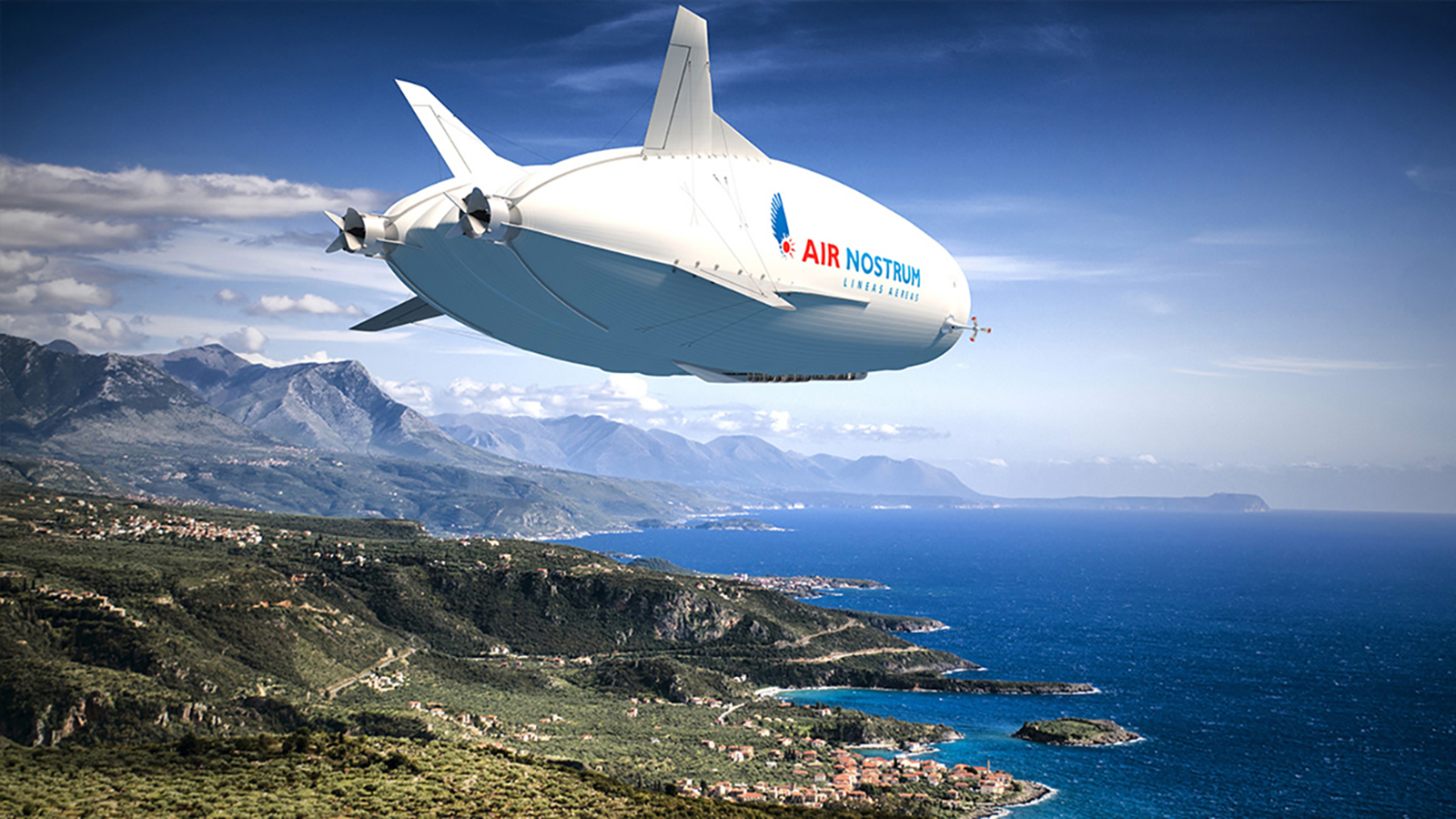Stay Up to Date
Submit your email address to receive the latest industry and Aerospace America news.
The Lighter-Than-Air Systems Technical Committee stimulates development of knowledge related to airships and aerostats for use in a host of applications from transportation to surveillance.
In November California-based LTA Research began outdoor testing of its carbon fiber-framed dirigible, Pathfinder 1. In the coming months, P1 will undergo masted and free flight tests, approved by FAA under a Special Airworthiness Certificate granted in September. In June, LTA CEO Alan Weston was a keynote speaker at AIAA’s Aviation Forum in San Diego, where he explained the breakthroughs in materials and manufacturing embodied in the airship. P1 initially will be propelled by diesel-electric power, but Weston said that plans call for later transitioning to hybrid-electric propulsion. He said this will provide the entire aviation community with the chance to see the potential of hydrogen as a power source.
In September, Hybrid Air Vehicles of the U.K. announced the signing of a memorandum of understanding with BAE Systems’ advanced research division, FalconWorks. The companies plan to assess security and defense applications for HAV’s planned Airlander 10 hybrid airship. In August, Spanish regional airline Air Nostrum doubled its 2022 order of 10 airships to reserve a total of 20 Airlander 10s. Air Nostrum plans to ferry up to 100 passengers at a time on Airlanders flying Mediterranean routes starting in 2027. HAV is targeting 2026 to begin manufacturing Airlander 10s in Doncaster, England, whose mayoral authority announced in March that it would invest 7 million pounds ($8.7 million) toward production.
In June, airship operator U.K. company Straightline Aviation signed a letter of intent to buy three airships — with an option to buy 12 more — from AT Squared Aerospace. This California startup was formed in March and licenses the intellectual property for what had been Lockheed Martin’s LMH-1 hybrid airship, now renamed Z1.
In April, Flying Whales of France announced it had selected the Honeywell 1-megawatt generator as the power source for its proposed LCA60T hybrid-electric airship, designed to carry 60 tons of cargo. Whales has signed cooperation agreements with some 30 prospective users, including logging companies and makers of products ranging from wind turbines to rockets.
In January and February, a Chinese balloon entered U.S. airspace, alarming officials and sparking debate about its nature and intent. After the craft was shot down by a U.S. Air Force F-22 Raptor in early February and the debris inspected, National Security Council spokesman John Kirby told reporters that the balloon was able “to speed up, to slow down, and to turn. So, it had propellers, it had a rudder.” In other words, it was not a drifting balloon but a navigable airship.
In September, consultant Phil Kornbluth discussed the outlook for the helium market with the Lighter-than-Air Technical Committee. Although rising prices and limited supply characterized the U.S. helium market this year, Kornbluth predicted that prices will fall and supply will increase in coming years. By decade’s end, he predicts an oversupply of the gas. Another lifting gas, hydrogen, remains abundant, at about one-third the cost of helium.
In May, Simon and Schuster published “His Majesty’s Airship,” in which author S.C. Gwynne retells the life and 1930 death of England’s R101. Chapter 2, titled “Brief History of a Bad Idea,” dismisses any possibility that airships were or ever could be a viable means for transporting human beings, logs or anything else. Asked if he might change his mind if he stepped outside someday to see the skies black with Airlanders, P1s, Z1s or Flying Whales, Gwynne was reluctant to say yes.
Stay Up to Date
Submit your email address to receive the latest industry and Aerospace America news.




